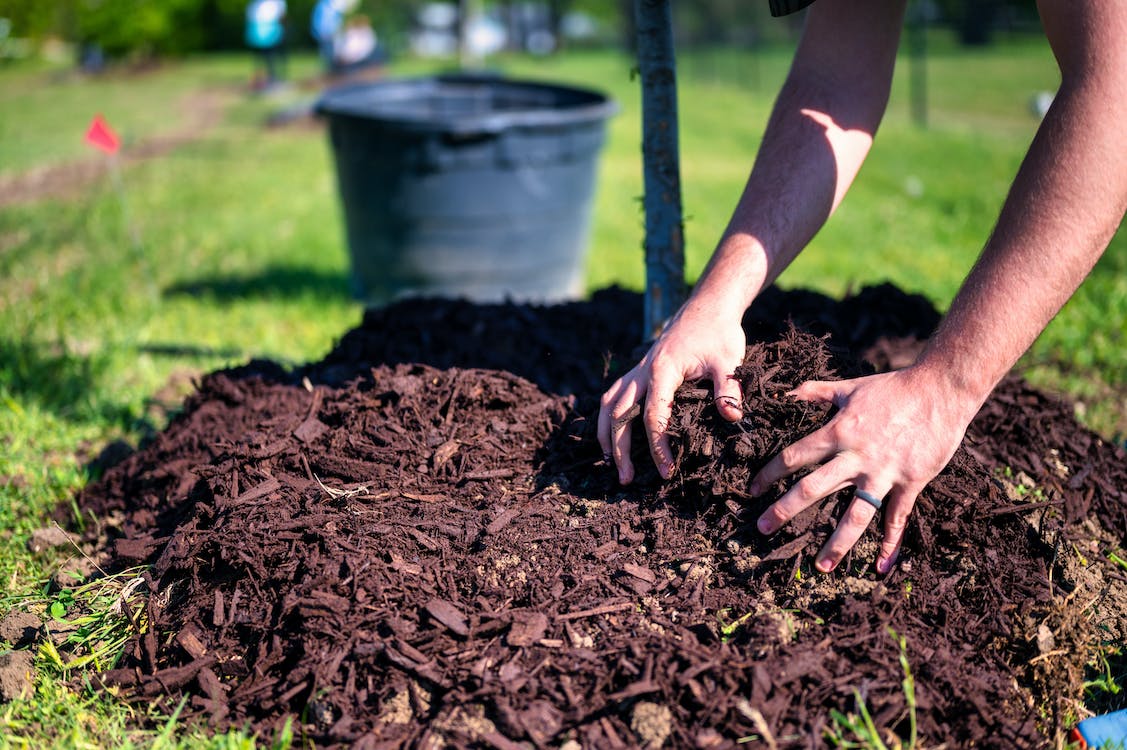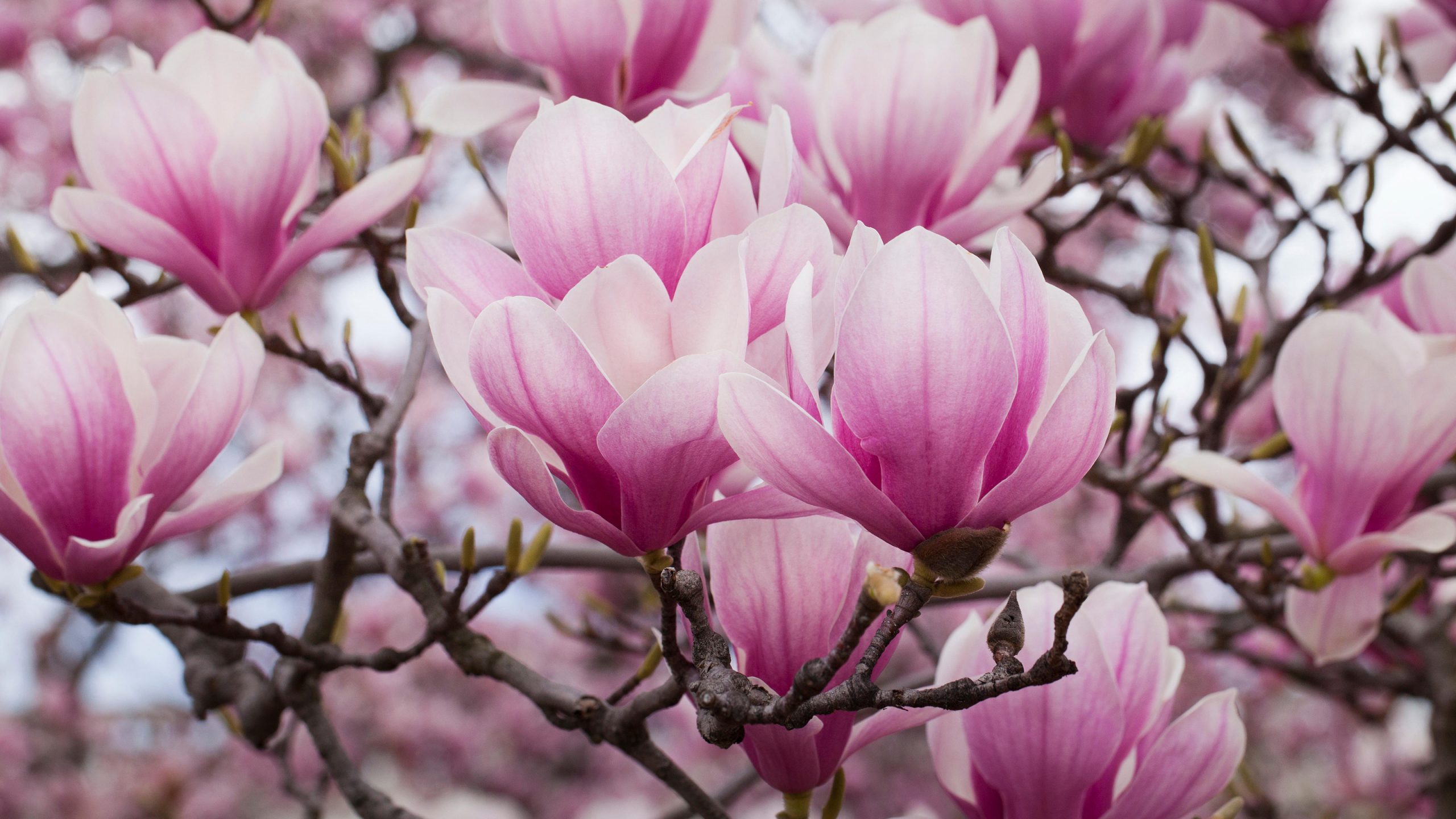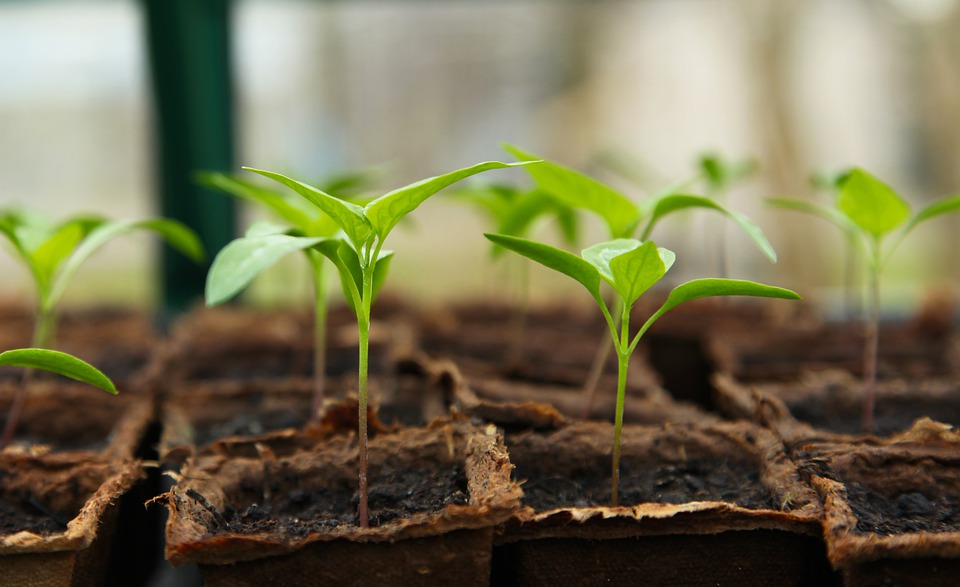Making and Using RCW (Ramial Chipped Wood)
Contents
– Focus on RCW (Ramial Chipped Wood)
– Step 1: Shredding your garden waste
– Step 2: Using the RCW
RCW results from shredding small, freshly cut branches less than 7 cm in diameter. It can be applied to the soil in the winter and then integrated into it in the spring, greatly enhancing its structure and serving as a potent fertilizer. It is also an excellent way to recycle garden waste.
Here are our tips for making and using RCW.
Focus on Rameal Chipped Wood (RCW)
The RCW technique comes from Quebec, where it was experimented somewhat by accident, starting in 1970. Agricultural engineers shredded young branches in winter, spread the shredded material on farmland and incorporated it into the topsoil in spring.
The results were impressive:
– improvement of soil structure (significant humus additions);
– substantial fertilizing effect with increased yields;
– significant reduction in water requirements;
– fewer diseases;
– all this without working the soil or weeding or treating the soil.
The production of RCW requires an efficient shredder:
– An electric chipper (minimum power 2,000 watts) is suitable if you have little raw material to chop and your branches are no larger than 3 to 4 cm in diameter.
– A thermal shredder will be more efficient if you intend to shred larger quantities of vegetation or if the diameter is greater than 4 cm. It may be worthwhile to rent one for a day.
1. Shred your garden waste
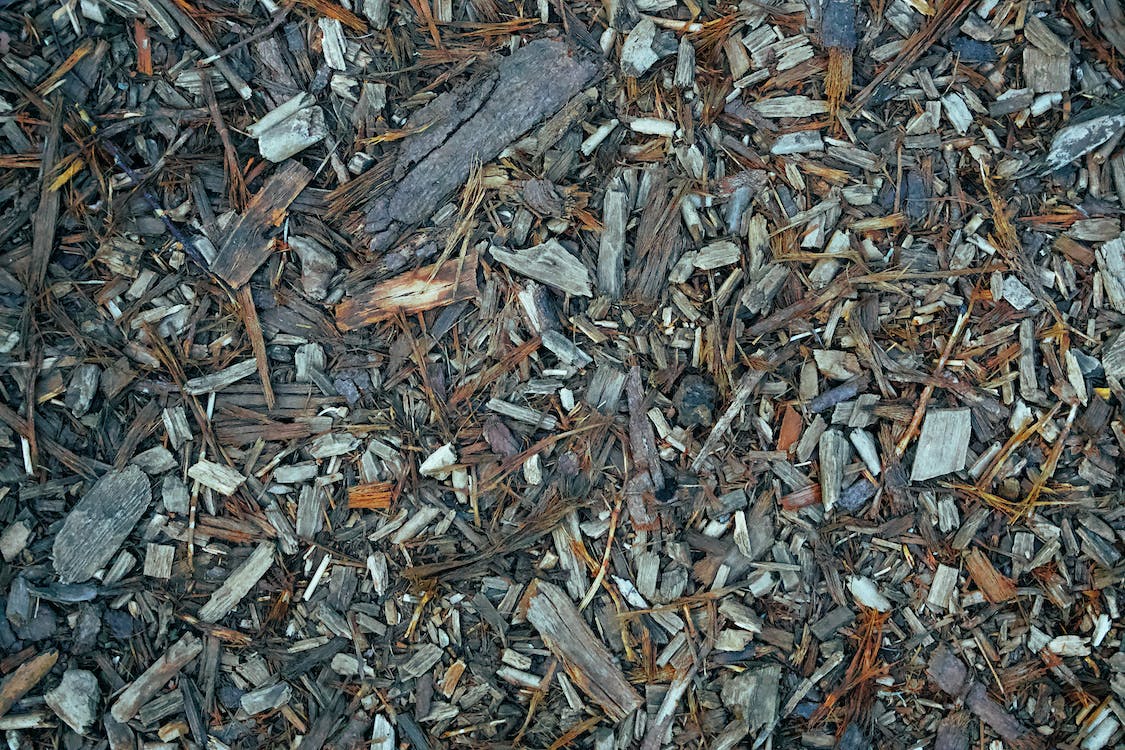
What to shred?
– Shred mainly leafy tree branches (whether the leaves have completely fallen or not): residues from the pruning of your hedges, shrubs and fruit or ornamental trees…
– Grind young, freshly cut branches, ideally with a small diameter of 2 to 4 cm (the most nutrient-rich). However, you can grind branches up to 7 cm in diameter if your grinder can handle them.
Note: you can add a small number of coniferous branches (10-20% maximum of the total volume).
When to shred?
– Fertilization: Shred and spread the RCW ideally from the beginning of October to the end of February, when the hardwoods are dormant.
– Mulch: any time.
2. Use ramial fragmented wood (RCW)
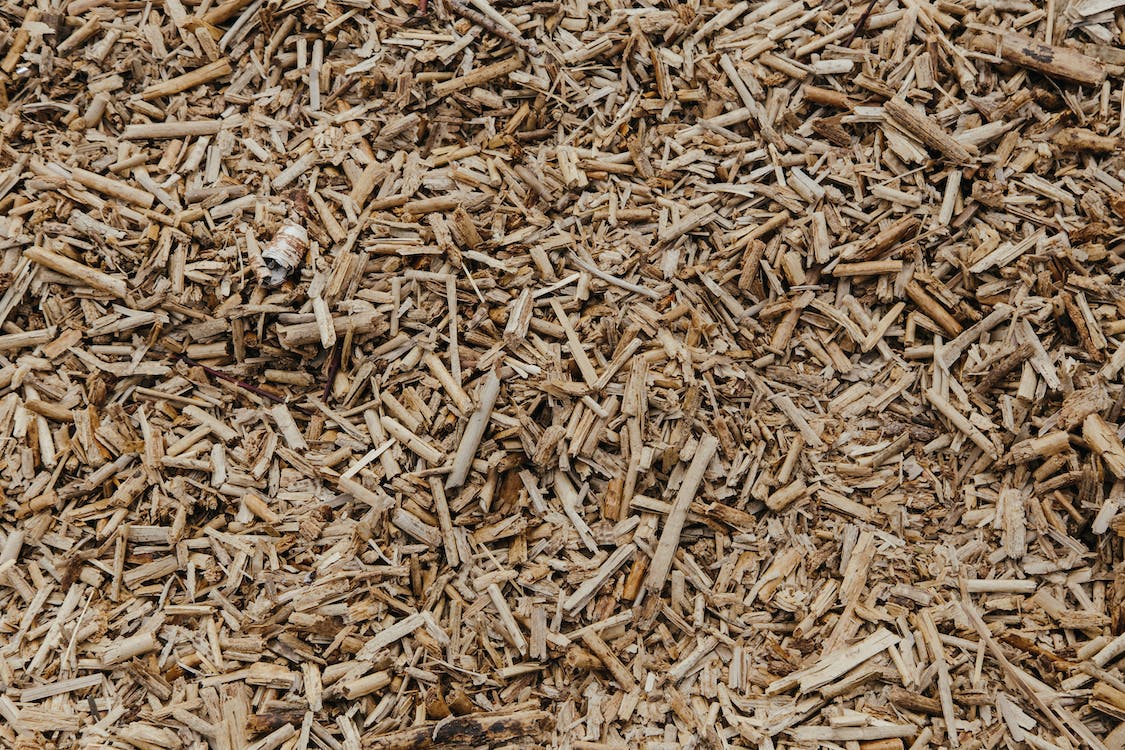
RCW has some definite benefits in terms of soil amendment and fertilization. However, you can also use it as a simple mulch.
Amend and fertilize the soil with RCW
– Spread the RCW without delay: the spreading of RCW must be done very quickly after chipping, in principle, within 24 hours, that is to say, from October to February.
– Spread the RCW in a layer of about 2 to 3 cm.
– Towards the end of April, scratch the soil to incorporate the RCW.
Note: if you leave the RCW in a pile on the ground, it can rise in temperature quickly and lose most of its properties. On clay soils, spread only 1 cm of RCW (a thicker layer may trap moisture in winter and delay the warming of the ground in spring).
Mulch with RCW
– In this case, you can apply the RCW any time of year; it does not have to be freshly chipped.
– Spread the RCW in a thicker layer (5 to 10 cm) at the foot of your rosebushes, perennials, vegetables, shrubs, and fruit trees…
– Leave it on the ground without incorporating it.
Note: if you make RCW specifically for mulch, incorporate cedar branches to help the mulch control weeds.
Equipment needed to make and use RCW
Shredder
Shovel
Rake
Claw
Read more:
